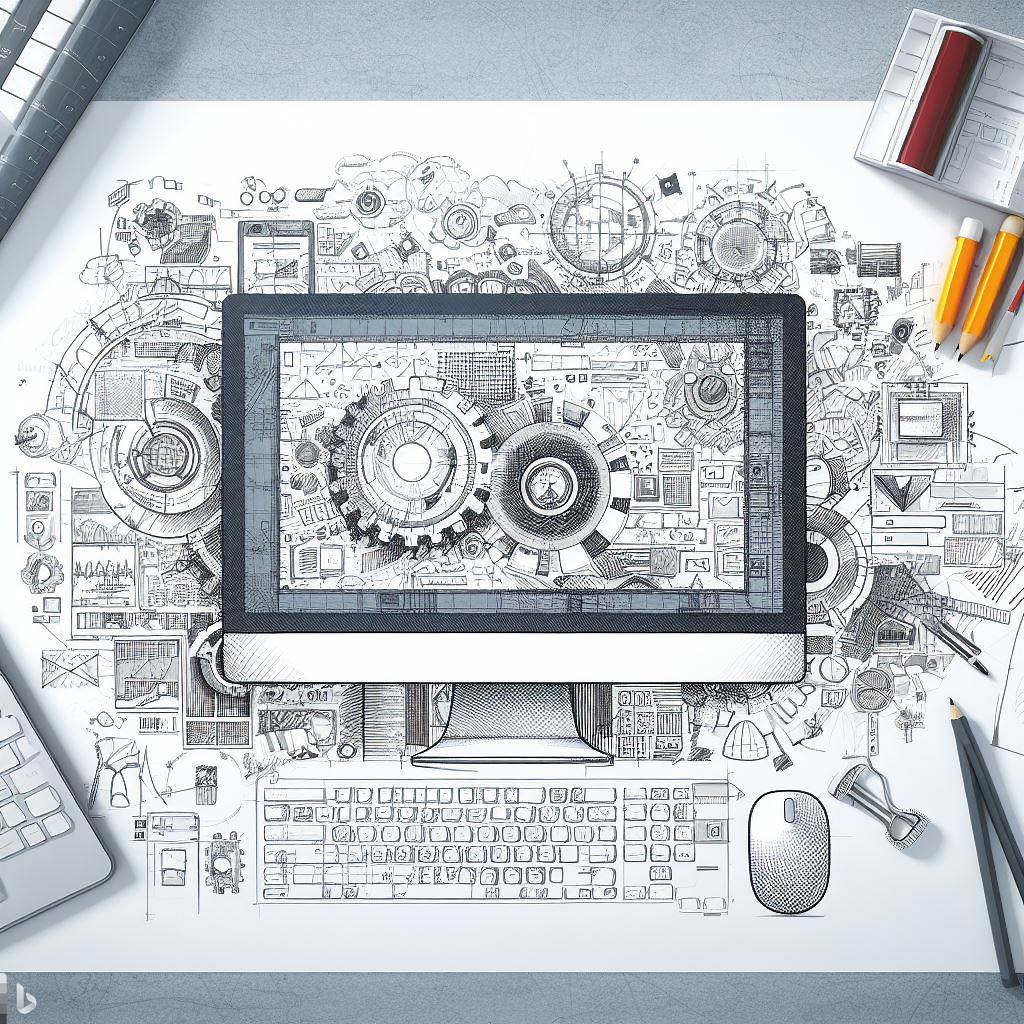If you are a startup founder or a team member working on a project that involves graphic and UX/design, you know how frustrating it can be when your project gets stuck. Whether it’s due to technical issues, lack of resources, unclear requirements, or conflicting feedback, a stalled project can cause stress, anxiety, and loss of motivation.
But don’t despair! There are ways to overcome the challenges and get your project back on track. In this blog post, we will share some tips and strategies on how to deal with a stuck project and what to expect from the process.
Why Do Projects Get Stuck?
Before we dive into the solutions, let’s first understand why projects get stuck in the first place. There are many possible reasons, but here are some of the most common ones:
- Technical issues: Sometimes, the technology you are using may not be compatible with your design goals, or you may encounter bugs, glitches, or errors that prevent you from moving forward. For example, you may have trouble integrating a third-party tool or service, or you may find out that your design is not responsive or accessible on different devices or browsers.
- Lack of resources: Another common reason for projects getting stuck is not having enough resources to complete them. This could mean not having enough time, money, budget, people, skills, or equipment to finish the project. For example, you may have underestimated the scope or complexity of the project, or you may have faced unexpected delays or expenses that affected your timeline or budget.
- Unclear requirements: Sometimes, the problem is not with the execution but with the planning. If you don’t have a clear vision of what you want to achieve with your project, or if you don’t have a well-defined scope, specifications, or deliverables, you may end up wasting time and energy on things that are not relevant or important. For example, you may have vague or ambiguous goals, or you may have too many or too few features or functions in your design.
- Conflicting feedback: Finally, one of the most challenging reasons for projects getting stuck is receiving conflicting feedback from different stakeholders. This could include your clients, customers, users, investors, partners, or team members. For example, you may have to deal with changing expectations, preferences, opinions, or demands that contradict each other or your original design concept.


What Can You Do When Your Project Gets Stuck?
When you feel like your project is stuck, don’t panic or give up. Instead, try these strategies to get it back on track:
- Work as a rocket scientist: Break down your project into smaller and simpler tasks that you can complete one by one. This will help you focus on the most important and urgent parts of the project, and avoid getting overwhelmed by the complexity or scope of it.
- Use the five whys technique: Ask yourself (or your team) why the project is stuck five times in a row. This will help you identify the root cause of the problem and find the best solution for it. For example:
– Why is the project stuck? Because we can’t finish the design.
– Why can’t we finish the design? Because we don’t have enough feedback from the client.
– Why don’t we have enough feedback from the client? Because they are too busy and don’t reply to our emails.
– Why are they too busy and don’t reply to our emails? Because they have other priorities and deadlines.
– Why do they have other priorities and deadlines? Because they are launching a new product soon.
In this case, the solution might be to schedule a meeting with the client, explain the importance of their feedback for the project, and agree on a timeline and a communication channel that works for both parties.
- Talk about it: Don’t keep your frustrations or doubts to yourself. Share them with your team members, stakeholders, or clients. They might have some insights or suggestions that can help you overcome the challenge. Or they might just offer some emotional support or encouragement that can boost your morale.
- Seek help: If you or your team members lack some skills or knowledge that are essential for the project, don’t hesitate to ask for help from someone who has them. You can also look for online courses, tutorials, books, or articles that can teach you what you need to know. Or you can outsource some parts of the project to experts or freelancers who can do them better and faster than you.
- Be flexible: Sometimes, your original plan or idea might not work as well as you expected. Instead of clinging to it stubbornly, be open to change it when necessary. Experiment with different approaches, methods, tools, or formats. Test your assumptions and hypotheses. Get feedback from your target audience or users. Learn from your mistakes and failures. And be ready to pivot when you find a better solution for your project.
- Be creative: When you are stuck in a rut, try to spark your creativity by doing something different. For example:
- Change your environment: Work in a different place, such as a coffee shop, a library, a park, or a coworking space.
- Change your perspective: Look at your project from a different angle, such as your user’s point of view, your competitor’s point of view, or your future self’s point of view.
- Change your mood: Do something that makes you happy, such as listening to music, watching a funny video, playing a game, or talking to a friend.
- Change your routine: Do something that challenges you, such as learning a new skill, reading a new book, or taking a new course.
What to Expect When Your Project Gets Unstuck?
When you apply these strategies and get your project unstuck, you can expect to feel:
– Relieved: You have solved the problem that was holding you back and you can move forward with your project.
– Proud: You have overcome a difficult challenge and you have learned something valuable from it.
– Motivated: You have regained your enthusiasm and confidence for your project and you are eager to finish it.
– Creative: You have discovered new or better ways to do your project and you are excited to implement them.
Conclusion
Getting stuck on a project is not the end of the world. It is a common and normal situation that many people face. The key is to not let it stop you from achieving your goals. Instead, use it as an opportunity to learn, grow, and improve. By following the tips and strategies we shared in this blog post, you can get your project unstuck and make it a success.




